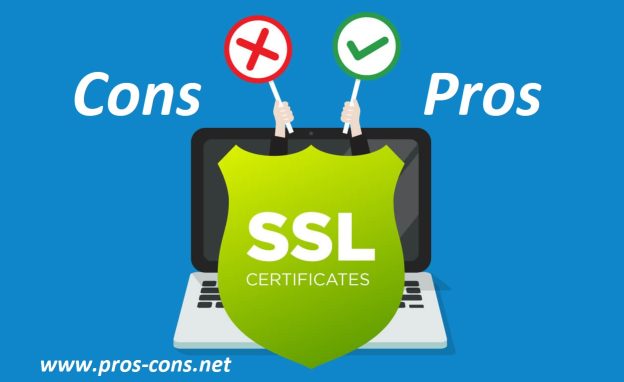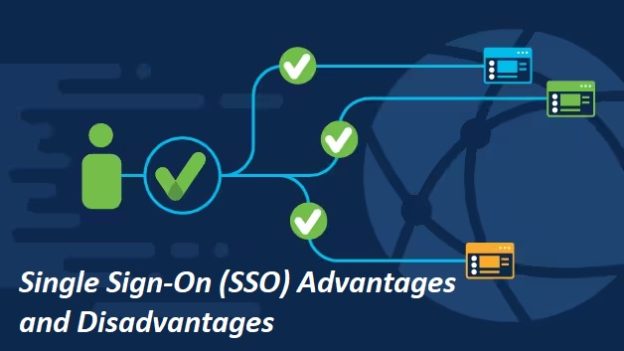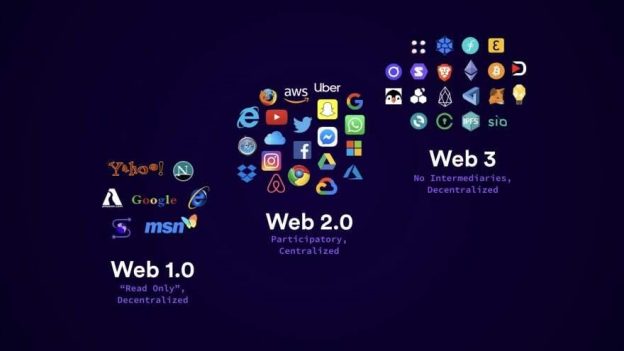SSL, which stands for Secure Sockets Layer, is a security protocol that was developed to establish encrypted links between a web server and a browser in an online communication. The use of SSL technology ensures that all data transmitted between the web server and browser remains encrypted and private.
Here’s a simplified explanation of how SSL works:
1.
Encryption: SSL encrypts the data that’s being sent between the user and the server, which means that any information exchanged is transformed into a complex code that only the recipient can decipher.
2.
Authentication: It provides authentication, which means that when you visit a website with SSL, there’s a verification process to ensure that your computer is communicating with a legitimate server.
3.
Data Integrity: SSL also ensures data integrity, meaning that the data cannot be tampered with during the transfer.
SSL is the predecessor to Transport Layer Security (TLS), which is the more modern version of the protocol and offers stronger security measures. When a website uses SSL/TLS, its URL begins with “HTTPS” instead of just “HTTP,” and you’ll typically see a padlock icon in the address bar, indicating that the connection is secure.
It’s important to note that while SSL is commonly used to refer to the security protocol, the current standard is actually TLS, which is an updated, more secure version of SSL.
SSL Pros and Cons:
SSL (Secure Sockets Layer) has several advantages and disadvantages that are important to consider:
Advantages:
• Data Protection: SSL encrypts data, providing a secure channel for sensitive information exchange.
• Secure Website: It helps in securing a website, making it more trustworthy to users.
• Phishing Attack Reduction: SSL reduces the risk of phishing attacks by authenticating websites.
• Secure Customer Payments: Essential for websites that handle financial transactions.
• SEO Ranking: SSL can contribute to higher search engine rankings.
• Compliance: Meets PCI/DSS requirements for online businesses.
You may also like to know: Single Sign-On (SSO) Advantages and Disadvantages
Pros and Cons of TLS(Transport Layer Security)
Disadvantages:
• Cost: There can be costs associated with obtaining and maintaining SSL certificates.
• Performance Impact: SSL/TLS handshaking can impact server performance.
• Complex Redirects: Redirecting from HTTP to HTTPS can be complex and may affect SEO if not handled correctly.
• Renewal: SSL certificates require regular renewal, which can be a hassle.
• Caching Issues: Encrypted content cannot be cached, which can affect load times.
Conclusion:
In summary, SSL (Secure Sockets Layer) is a foundational technology for securing internet communications. Its main advantages include protecting data through encryption, authenticating websites to prevent phishing, and ensuring secure online transactions, which can boost user trust and SEO rankings. However, SSL also has its drawbacks, such as potential costs, performance impacts, and maintenance requirements like certificate renewal. Despite these challenges, the benefits of SSL, especially in terms of security and compliance, make it a critical component for any website handling sensitive data.








